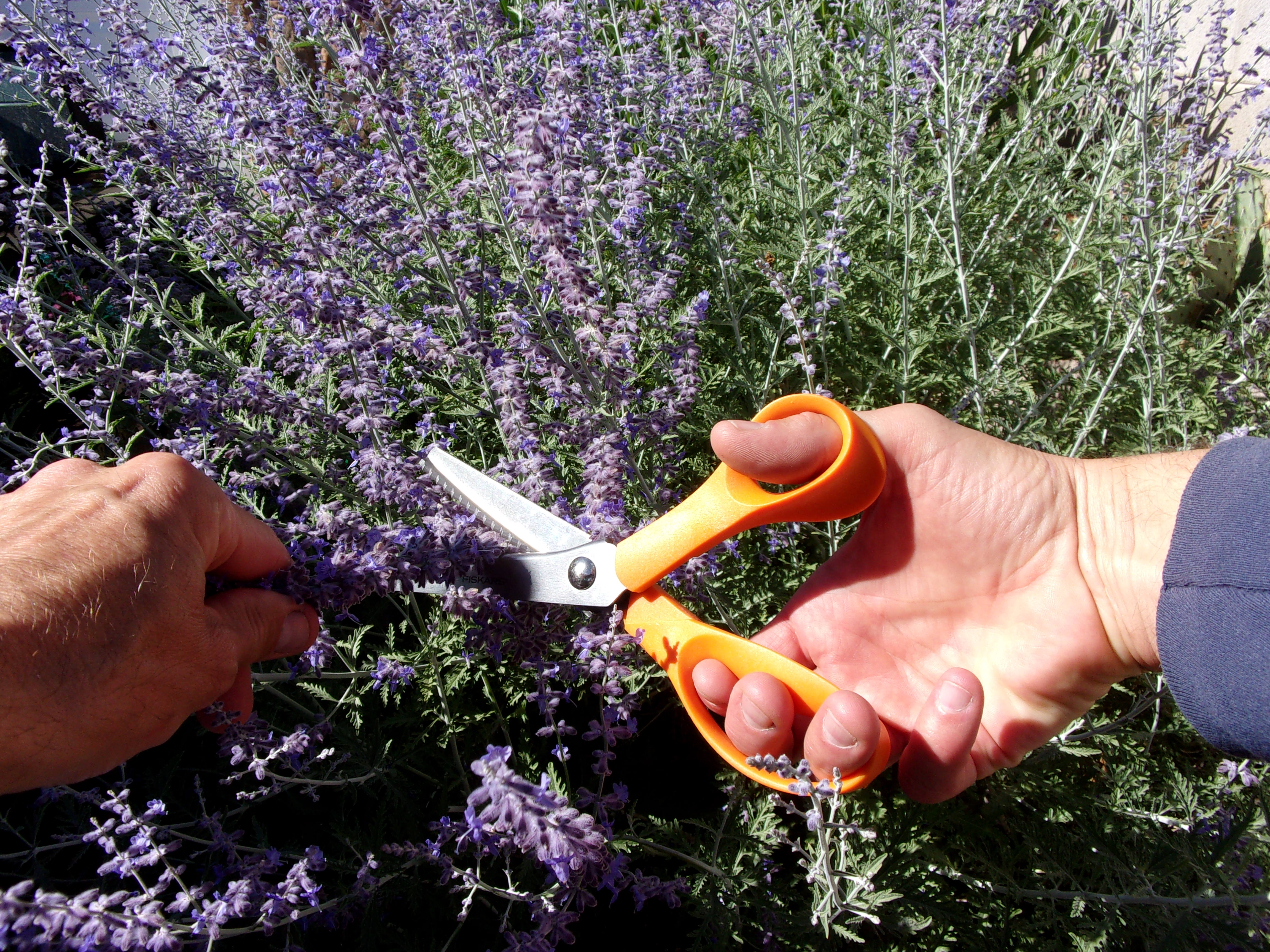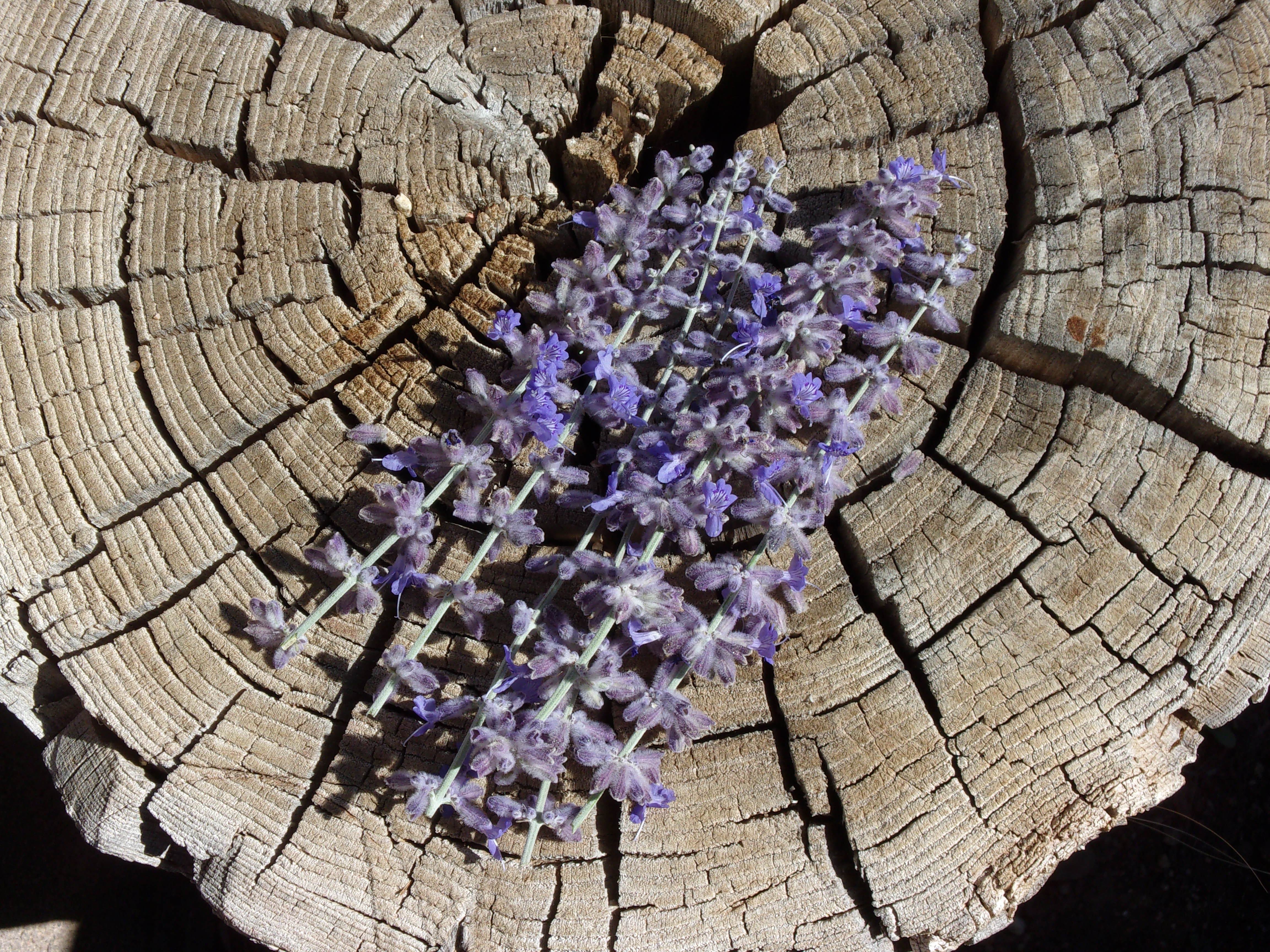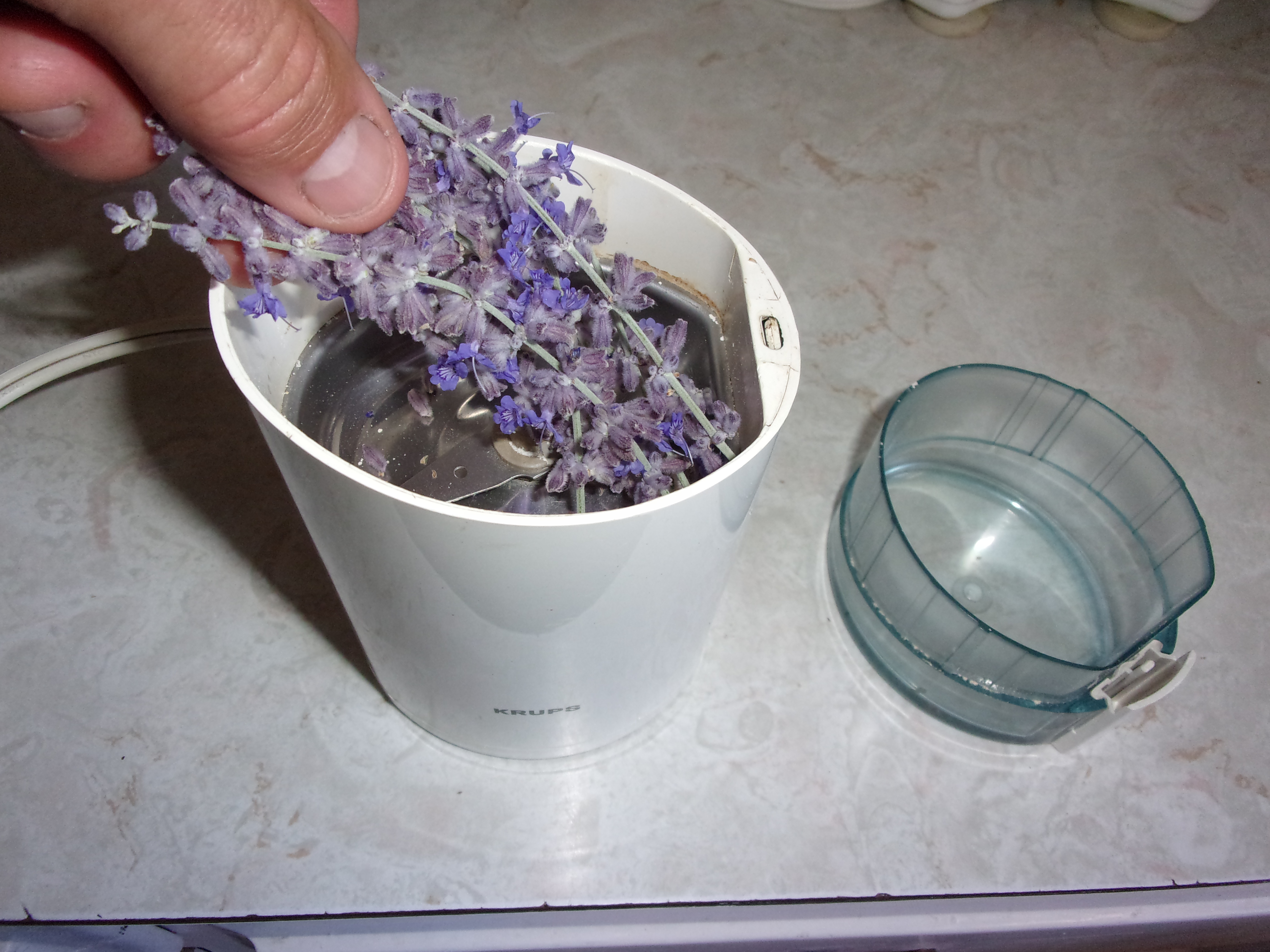SOAP MAKING MATERIALS
Soap Making Materials are completely optional. These are added at "Trace" during Step 7 (Part C) of "the critical mixing step" in the Soapmaking Process.
The general soap making material additives to use are: Colorants, Essential Oils and (Ground Materials). You can influence Sight, Smell and Touch (three of the five senses) using these soap making materials and additives.
Colorants
Colorants are the soap making material additives to visually enhance your soap bars. Mix, swirl or contrast your favorite colors. Use Mica’s, Silica, Dyes, Pigments, Natural Colors, Glitter, Clay's and epoxy resin dyes to name a few. I like to use natural colors for my soaps. You may want to get more involved with your color choices and really make your soap stand out visually.
Essential Oils
Essential Oils are liquid materials used for scenting your soaps.
What is the maximum amount of essential oil to safely use in your soaps? This amount is roughly between (.5 oz.) to one ounce (1. oz.) per pound of oils used in the soap batch. Experimentation is required here. If you add beyond the maximum amount of essential oils allowed for, your skin may become irritated with the essential oil.
Here is a link to a very detailed resource on 130 essential oils and their properties, qualities, uses, benefits, notes and other information. Click the link here and scroll down.
Mixing essential oils and their notes. If you want to mix several essential oils into your soaps then you will have to experiment with each essential oil as a percentage of the maximum amount allowable for your batch.
There are three different notes associated with essential oils. Top Notes, Middle Notes and Base Notes. Generally speaking you will want to use three of your favorite essential oils. Ideally you will use a Top, Middle and Base note essential oil for scenting your soaps. Any combination will work. You may only want to use one essential oil by itself. That’s fine it’s totally up to you.
The reason for using the three note combination is that Top Notes are the first essential oils that you will smell, but they dissipate quickly. The Middle Note essential oil is the second to reach your nose and it will carry you through to the Base Note which has the longest lasting scent.
Soap Making Materials ground up to a fine powder for feel and texture.
Ground Materials are added for the feel and texture of your soaps. Exfoliating, Conditioning and/or Emollient qualities can be achieved here. Plants, Botanicals, Coffee Grounds, Grains, Volcanic rock, Herbs and Spices are just a few of the materials that can be ground up and mixed into the soap batch.

Lets say for example you’re making soap with lavender essential oil. You want to add some of the lavender plant buds into the soap. Clip the lavender buds from your lavender plant.

Set them out to dry on a table with direct sunlight or use a food dehydrator to dry the lavender buds.

Once they are dry, grind them to a fine powder with your coffee grinder. At that point the lavender buds are ready to be added to the soapy mixture at Trace. Go to Step 7 (Part C.) of the Soapmaking Process.
Here is a short video link to cutting, preparing and storing your lavender flowers/buds.